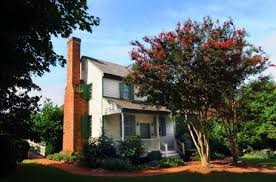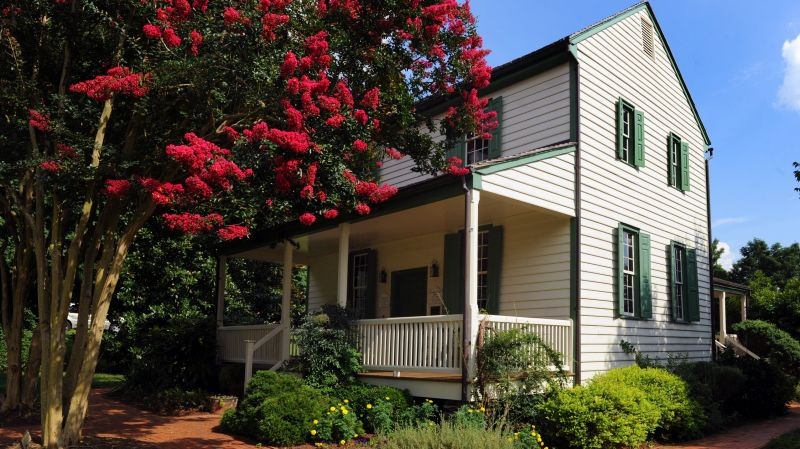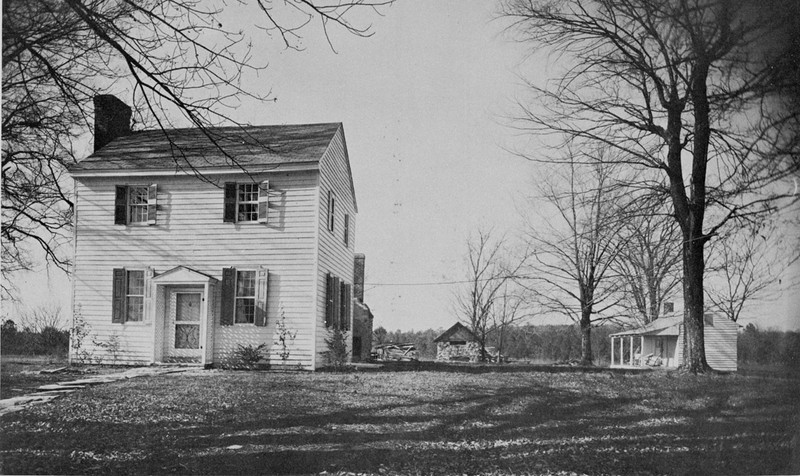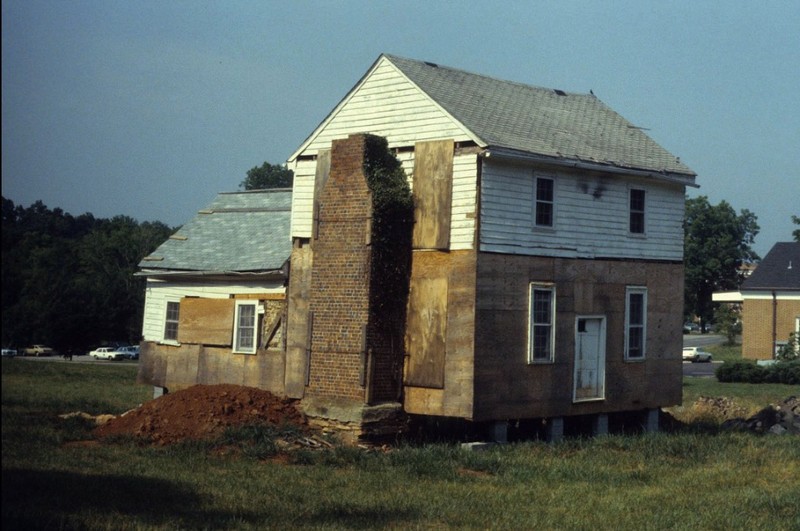Alexander Dickson House
Introduction
Text-to-speech Audio
Images
Start your visit to the region at the Hillsborough Visitors Center

Close-up of the Alexander Dickson house.

Dickson House on original lot in 1960s. Photo courtesy of openorangenc.org

Dickson house after its move to current location in 1982, and before its full-scale restoration. Courtesy of openorangenc.org and North Carolina State University.

Backstory and Context
Text-to-speech Audio
Johnston and Sherman met on The Bennett Farm on April 17, 1965. At this meeting, Sherman told Johnston of President Abraham Lincoln’s assassination, which he learned of via telegram. It was then that the generals began discussing terms of peace.
Sherman was only prepared to discuss military terms, while Johnston wished “to arrange terms of a permanent peace.” This meant that Johnston wanted to discuss political terms, as well. When they met again on April 18, a “basis of agreement” was submitted by Sherman and accepted by Johnston. The terms, which established an armistice that could be cancelled if a 48-hour notice was given, included the recognition of a state government, use and establishment of federal courts, and the granting of political and civil rights. Jefferson Davis approved these terms. However, they were rejected by the Union due to the violence in Washington following Lincoln’s assassination.
Sherman, by
the orders of Ulysses S. Grant, called for stricter terms, which Davis did not
approve. However, Johnston disobeyed Davis’ orders and met with Sherman again
on April 26. This meeting ended in a military surrender ending the war in the
Carolinas, Georgia, and Florida.
The historic home managed to survive for the next century on the original Dickson farmland, though it fell increasingly into disrepair. In 1982, however, the Dickson house was moved over a mile down the road, where it was fully restored as part of a plan to transform it into the Hillsborough Visitors Center -- a function that it still serves to this day.
Sources
"Alexander Dickson House - Hillsborough Visitors Center," Visit NC Economic Development Partnership of North Carolina, accessed March 12, 2017, https://www.visitnc.com/listing/alexander-dickson-house-hillsborough-visitors-center
"About the Alexander Dickson House," The Alliance For Historic Hillsborough, accessed March 12, 2017, http://www.historichillsborough.org/alexander-dickson-house/

